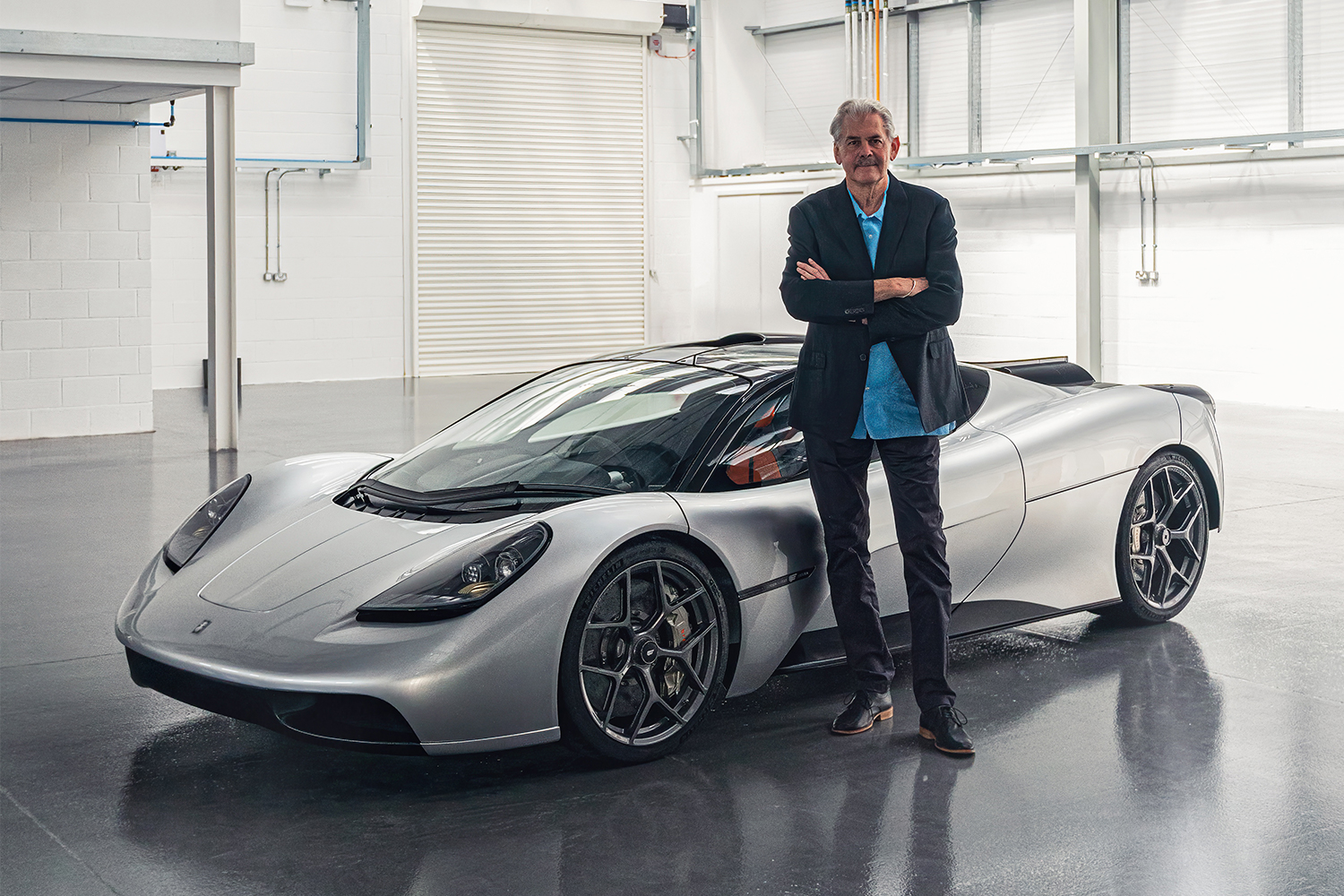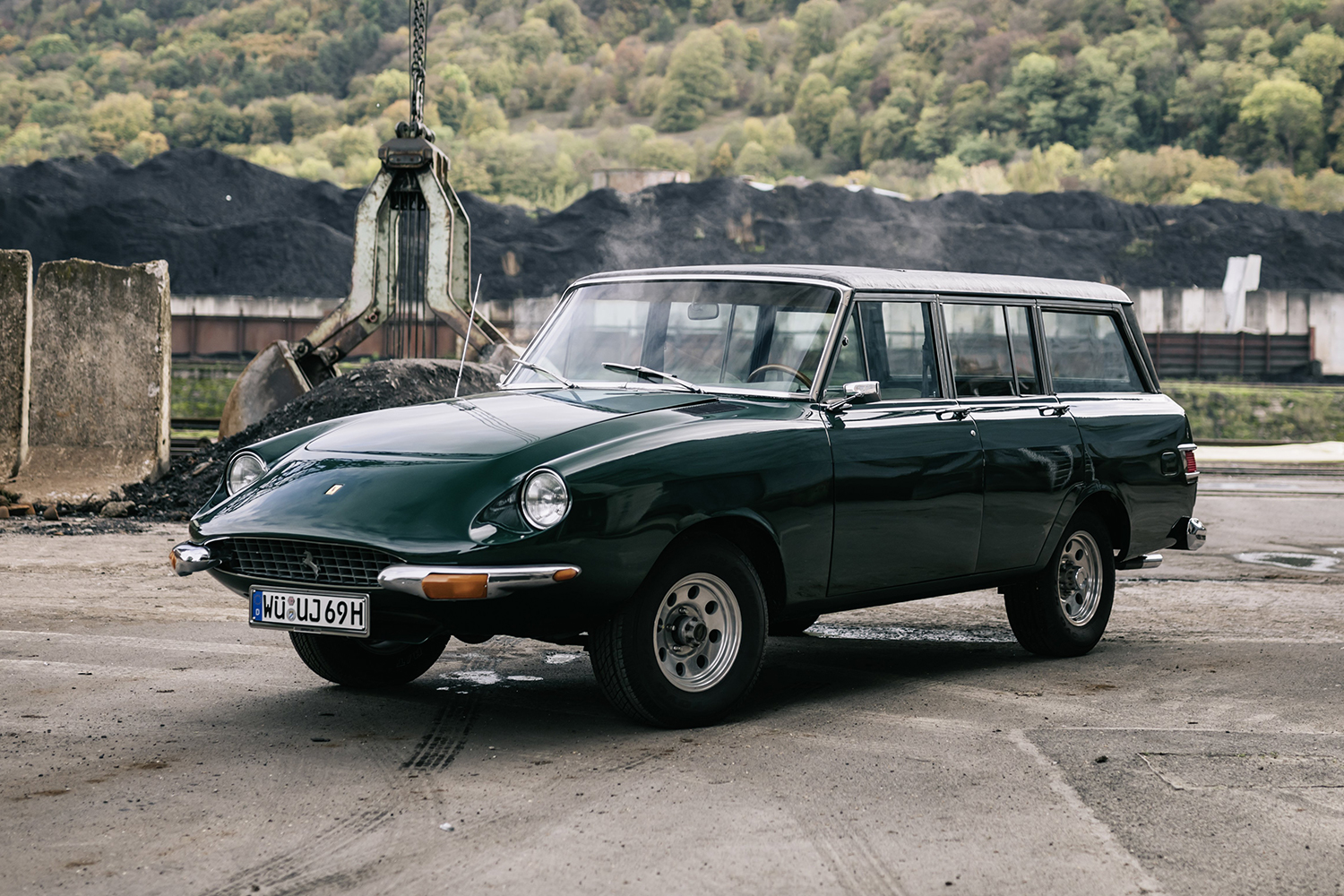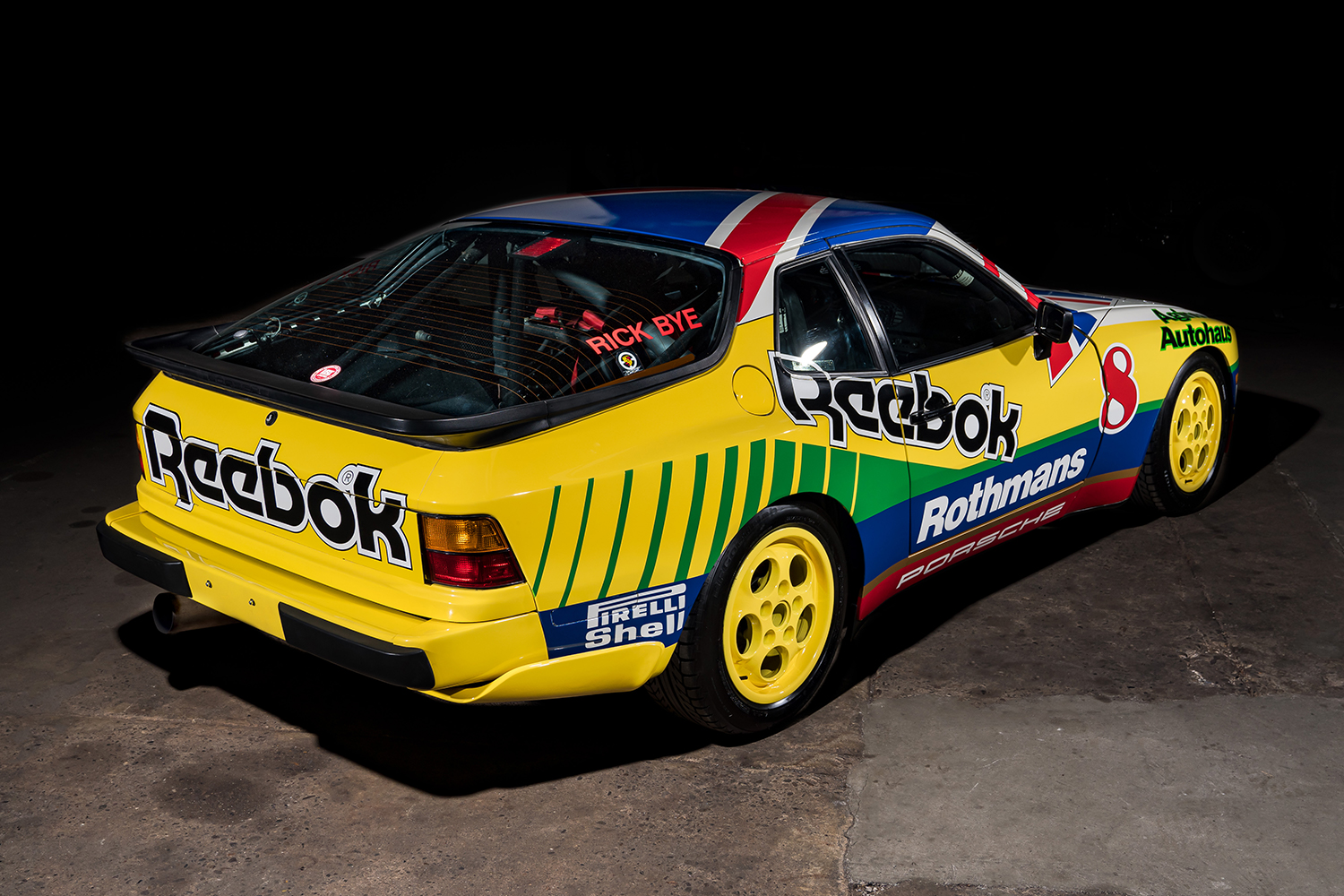After last year’s pandemic restrictions, everyone wants this to be the best summer of all time. It’s been christened Hot Vax Summer. Young people are talking about the season “going in the Bible.” Hell, even the traditionally staid cadre behind the Pebble Beach Concours d’Elegance are finding themselves in hyperbole territory, with Gooding & Company going so far as to call the star attraction of their annual auction “the supercar by which all others are judged.” But while 2021 may or may not be all it’s cracked up to be, with this particular vehicle, you can actually believe the hype.
That’s because the supercar in question is a 1995 McLaren F1, a hallowed name in the climate-controlled halls of car collections the world over. When the vehicle crosses the auction block on the Monterey Peninsula this August, it’s expected to go for “in excess” of $15 million, an eye-popping figure that would immediately put it in the top 30 most expensive cars ever sold at auction.
It’s not just the history of the car that makes it so covetable, though being the first consumer car from racing outfit McLaren designed by the legendary Gordon Murray is a huge part of it. It’s not simply the scarcity either, though it is one of just 106 made between 1992 and 1998, and for that matter only one of 64 road-going models. Instead, the main selling point of this particular McLaren is that it’s a driver’s car that has barely been driven.

You see, while you may be under the impression that supercars, especially road-legal ones — with their through-the-roof horsepower, precision handling and elegant cockpits (here we have the rare three-seater with the driver’s seat in the center flanked by two passenger seats) — are supposed to actually be driven, many million-dollar-and-up sports cars get the Morris Frye treatment. That is, they’re locked away in a glass showcase and prized for their low mileage. That seems to be the case with this F1, as Gooding & Company calls it “the lowest-mile F1 ever presented at auction,” with fewer than 390 kilometers (242 miles) on the odometer.
That’s a rare case for the F1, as owners of these cars, which originally went for north of $800,000, have been known to get their money’s worth on the tarmac. As designer Gordon Murray told Jalopnik last year, “when the F1 was born it was used extensively by people.”
“We had one customer that when it came in for service it had, like, you know, tennis shoes and Coke cans rattling around and it hadn’t been cleaned for a couple of weeks,” he said. That’s the opposite of Gooding & Company’s auction-bound example.
“This remarkable McLaren spent most of its existence hidden away in a private Japanese collection,” the company wrote in the listing. “While in Japan, it was carefully maintained and seldom driven, contributing to its exceptional present condition. Its current US-based owner has continued to preserve the car in the same as-delivered state. Astoundingly, this McLaren … remains in pristine, original condition, down to its date-coded Goodyear Eagle F1 tires, ranking it among the finest and best-preserved examples extant.”

That means, come August 13 when the Pebble Beach Auctions begin, collectors from around the world are likely to have their sights set on this McLaren, chassis 029, the only one delivered in the color Creighton Brown. But if history is a reliable guide, even the well-heeled are going to have to fight for this one, likely pushing the price well in excess of the stated $15M estimation.
Back in 2013 after that year’s Pebble Beach sale, Hagerty noted that McLaren F1 prices were “skyrocketing,” calling the $8.47M sale of a 1997 model “a shocking surprise for a car that could be found for $2M-$4M in 2010.” Now, that same company puts the average value of a 1995 edition at a whopping $19.5M.
If someone does shell out close to $20 million, will they stay the course and put it into a collection? Or will they slip on their tennis shoes and hit the road, periodically stopping at scenic gas stations for a can of Coke?
It’s likely to be the former, but thankfully Gordon Murrary’s new car will start to hit the streets next year, and at just $3 million a pop, those will at least be slightly more likely to be seen on public roads.
This article was featured in the InsideHook newsletter. Sign up now.


















